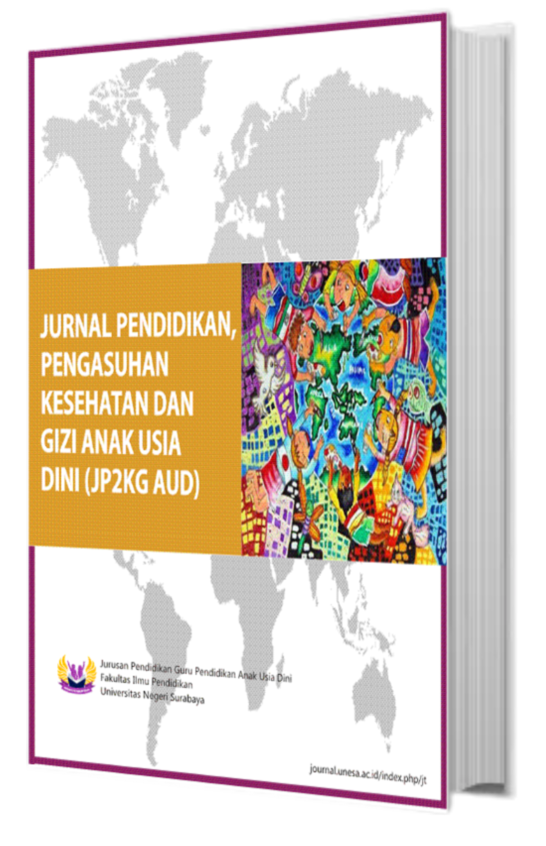TEKNIK KOMUNIKASI DAN TEKNIK PEMBELAJARAN ANAK BERKEBUTUHAN KHUSUS PADA MASA PANDEMI COVID 19
DOI:
https://doi.org/10.26740/jp2kgaud.2022.3.1.51-66Abstract
This study aims to describe communication techniques and learning techniques for Children with Special Needs during the Covid19 pandemic at KTK BSS Giwangan Yogyakarta. The research used descriptive qualitative research. The qualitative approach was chosen because this study used social interaction to obtain data from natural data sources. The data source of this research is Children with Special Needs (ABK) or Special Needs at KTK BSS Giwangan Yogyakarta in kindergarten and elementary school levels. From this research, it was found that in KTK BSS Giwangan there are three types of children with special needs, namely speech impaired, autism and learning difficulties. Communication techniques used are: 1) Using private learning methods (one teacher one child); 2) Make eye contact with the child you are talking to; 3) Cultivating a sense of empathy in conversation; 4) Discuss specific and clear topics and 5) Be patient in waiting for answers from children. Different learning techniques from other children. The learning technique used is the learning technique used for the speech impaired using the Indonesian Sign Language System (SIBI) and the Indonesian Sign Language (BISINDO). For children with Autism constraints using 1) Modeling; 2) Latent Learning 3) Give positive praise and 4) Divide all activities step by step. Learning Difficulties using 1) Multisensory Method; 2) Linguistic Method and 3) Glass Analysis
Downloads
Downloads
Published
How to Cite
Issue
Section
License

This work is licensed under a Creative Commons Attribution-NonCommercial-ShareAlike 4.0 International License.
 Abstract views: 734
,
Abstract views: 734
, PDF Downloads: 662
PDF Downloads: 662




